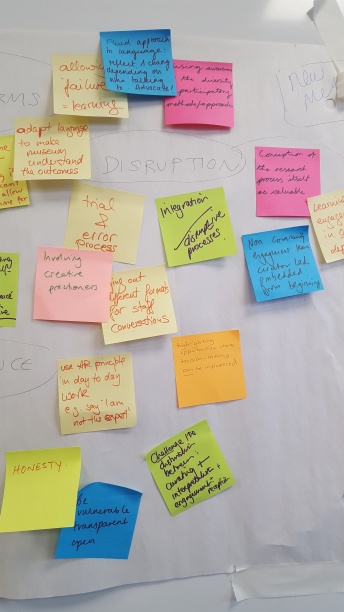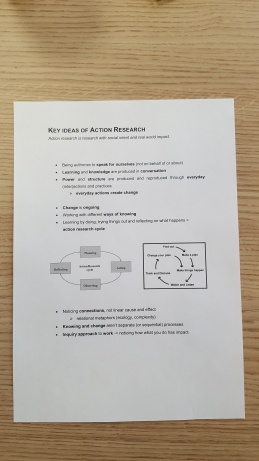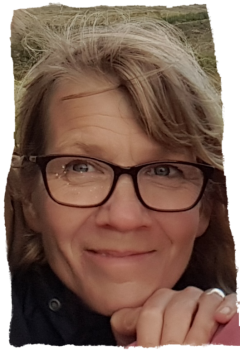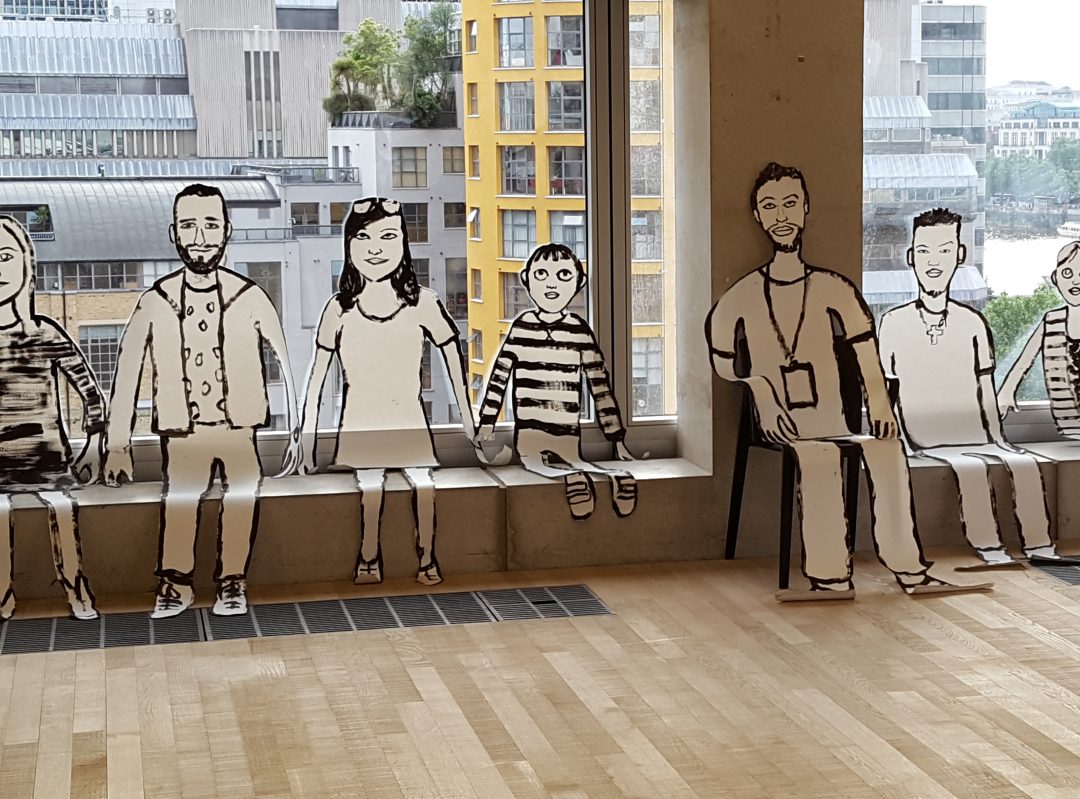How do we make space for participative practice and action research in our work in museums? This was the first question posed at a one day seminar held at the University of Leeds on January 19th that I attended. The event, which brought together about 30 museum professionals, researchers and students, was organised by Kayte McSweeney from the British Museum, Helen Mears from Brighton Museum & Art Gallery and Julia Ankenbrand, a collaborative doctoral partnership student based between Leeds University and the British Museum. The day in Leeds was the third of four events being organised as part of a wider research project that is funded by the British Museum – ‘Making Meaning in Museums – Making Space for Participative Practice’ – which is exploring how museum participation can be located within the context of participatory and action research. Given my interest in museum research, you can imagine how enthusiastic I was, not only to hear about this project, but also to take part in the discussions on the day.
The seminar began with introductions from Kayte, Helen and Julia and an acknowledgment that the fourth member of the research team, Helen Graham from Leeds University, was sadly unable to attend. The speakers set out the ambitions for the day – for us to reflect on how we can understand the multiple ways of generating knowledge within the museum and share practical ways of using participatory and action research to enhance the work we do in collaboration with audiences. We were reminded of the quote from the psychologist Kurt Lewin that ‘research that produces nothing but books will not suffice’ and tasked with remaining positive.
And so to the first question – how do we create space for reflection and research? Working in small groups we tackled the challenge of carving out intellectual, emotional and physical space to be able to question, examine and reflect on our work with and within museums. My table included two museum professionals, two PhD students (both of whom had worked in or with museums), a colleague whose area of expertise was audience research and myself. Our experiences and viewpoints were similar in many ways. For instance we agreed that the ways in which programmes and activities are framed determines whether there is space for experimentation. The fixed outcomes that can be built into community engagement projects constrain opportunities for organic development and divergence. Similarly, excessive workloads inhibit the possibility of stepping back and reflecting. However we focused on positives and recognised that embedding research and a culture of openness and trust into organisational strategies, structures and systems is not only possible but vital for a reflective and experimental space to exist.

When the different smaller groups came together to share and categorize our post-it notes the ideas of how to create space for reflection and research coalesced around some key themes. Some felt there was a need to challenge and disrupt organisational hierarchies and introduce new systems, both practical and conceptual. These ranged from including research in everyone’s job titles to realigning internal perceptions of curatorial and pedagogic expertise. Alongside this there was recognition that disruption needed to be accompanied by the embedding of a culture of learning and reflection across an organisation – it was not enough for change to be instigated, it also needed to be sustained. At the same time there was a sense that the museum needed to commit to sharing power and authority if communities were genuinely to be involved in action research processes. I was encouraged by these observations as they resonate with my own experiences in museums but also with the emergent findings from my research.

Action research as a methodology that can address issues of social justice and bring about change was the focus of the next session. Julia provided us with a useful one page summary and gave us a whistle-stop tour through the key principles of action research, touching on the importance of recognising how different forms of knowledge – from propositional or theoretical (or as I like to think of it ‘know what’) to practical (‘know how’) knowledge – are revealed through conversation. She drew our attention to the importance seeing ongoing change happening through everyday actions and allowing participants’ narratives to guide any action research project. Julia recommended the Sage Handbook of Action Research, a text that I would also point people to if they are interested in finding out more.
After lunch we were invited to join one of three tables to explore either ‘the different ways of knowing’, ‘community engagement as research’ or ‘action research for change’. I opted for the first one, curious to find out about others’ perceptions of knowledge. I was rewarded with a wide-ranging conversation that touched on how we can establish parity between practitioner and propositional knowledge and the importance of recognising the multi-dimensional knowledge bases that co-exist within the museum. I was introduced to the concept of a ‘folksonomy‘, by which the knowledge of those beyond the museum can act to enhance or challenge an official taxonomy of objects and heard about the Cardiff Story Museum where people’s stories as revealed through their objects chart the city’s history. These optimistic tales of opening up the museum to diverse knowledges were inspiring. Nonetheless, the conversation reminded me that I need to be alert to the relationship between knowledge and power and mindful of how the museum can privilege certain narratives.
The feedback from the other two tables indicated that their discussions had been equally rich. I was struck particularly by questions that emerged from one conversation that focused on the importance of differentiating between community engagement and research and between a ‘researcher’ and an ‘engager’. Did research impose a different and perhaps more distant relationship between a project co-ordinator who designated herself as a ‘researcher’ and a community group? What were the ethical implications of involving individuals in a research project and was there a danger of exploitation? What would be our motivations for framing engagement as research and who would benefit the most from this? There was general consensus that locating ourselves as researchers brought particular responsibilities, not least in terms of the ways we documented any process of action research and how we shared ownership of the knowledge generated through a collaborative enquiry.
I have only put down the bare bones of what we covered during the seminar here, but I hope it gives a sense of the key issues that were discussed and the depth of thinking that people brought to the tasks. I came away brim-full of ideas and very aware of the appetite amongst museum professionals and researchers for further debate and greater commitment towards research in museums. Kayte, Helen, Helen and Julia are organising the final seminar in this series in Glasgow in late February/Early March. I would urge you to look out for it and attend if you can.


Very interesting and thank you for sharing. In a next workshop at the Sarawak Museum Development for the new Permanent exhibitions I will address these notions in our discussions on our participative museum concept with the communities in Borneo.
LikeLike